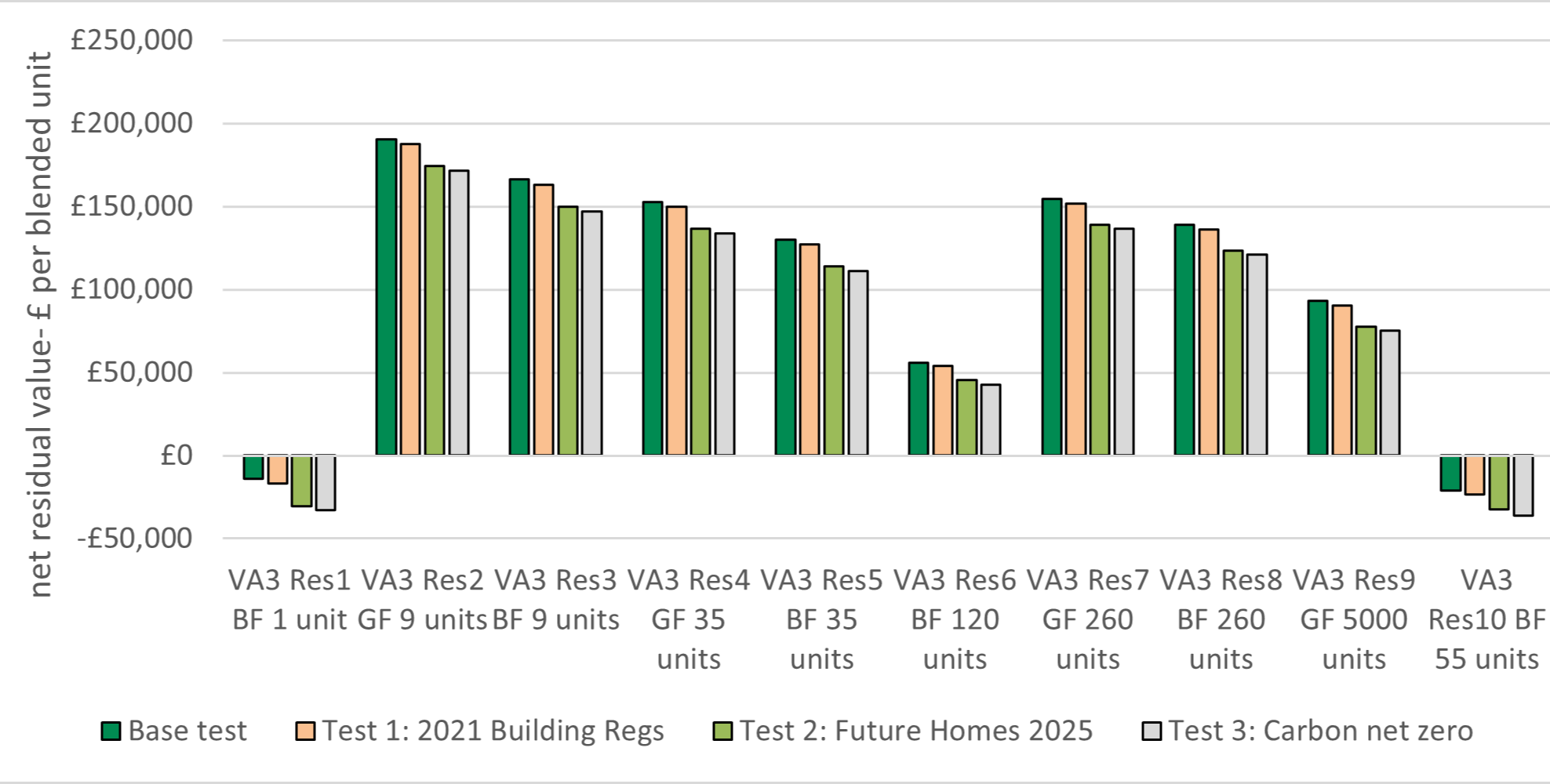Net Zero Carbon Study launched in Essex
 Released On 23rd Jan 2023
Released On 23rd Jan 2023
Essex Climate Action Commission has just published its Net Zero Carbon study. This comprehensive review of carbon reduction across the development industry in Essex will inform the Commission’s aim to make all new homes and new commercial buildings granted planning permission, to be net zero carbon by 2025 and carbon positive by 2030; significantly in advance of the government’s 2050 target.
The study was undertaken by Three Dragons, working with Qoda and Ward Williams Associates. It assessed the options for achieving net zero carbon development against a series of economic, social, and environmental criteria, including costs for developers. The research undertaken for the study took a highly collaborative approach involving Essex-wide developer and local authority stakeholders. This was supplemented with high-level financial modelling to further understand how development viability may be affected by carbon reduction targets in Essex.
The analysis showed that following Building Regulations alone (including Future Homes in due course) will make slow progress in reducing carbon. A key finding from the modelling was that a fabric first approach is an essential first step to establishing net zero homes which are efficient to run for occupiers and align with climate targets. Adding solar PV helps realise net zero homes by meeting the energy demand of the building. This is likely to be financially achievable in Essex.
Graham Thomas, Head of Planning at Essex County Council, said “acting on the findings of this report will help put Essex at the forefront of the national response to the climate emergency – the study has been enormously helpful in planning towards net zero and the County Council has already put in place some of its recommendations”.
Recognising that tackling the climate emergency is a very fast paced agenda the study made 15 recommendations including the clear conclusion that a ‘fabric first’ approach, such as Passivhaus, should be the preferred method of achieving net zero. This approach requires a series of performance indicators that will help achieve net zero and provide cost savings and comfort for occupiers. Recommendations are also made about how local authorities can be supported in implementing carbon reduction policies and how they can be monitored.
The chart illustrates study outputs from the financial and technical modelling

Example of financial modelling for case study typologies in Essex value area 3 – showing net residual value per unit – With the majority of residential development there is sufficient viability headroom to absorb the costs of net zero carbon. The costs of moving from the Future Homes Standard to net zero carbon, as modelled over the development period, average at about £2,500 per unit for houses, £3,000 per unit for flats and £3,500 unit for flats in sheltered schemes. See chapter 10 of the report
.png)
Table produced by Qoda using beta version of software for Standard Assessment Procedure (SAP) 10.2 - see chapter 9 of report (PH = passivhaus)
